Monitoring Devices
Because of climate change and increasingly extreme weather events (especially during El Niño) the need to quantify what happens in coffee plots becomes ever more urgent. Thankfully, there are a growing number of devices to measure and record environmental variables in or near coffee plots, some of which are not expensive.
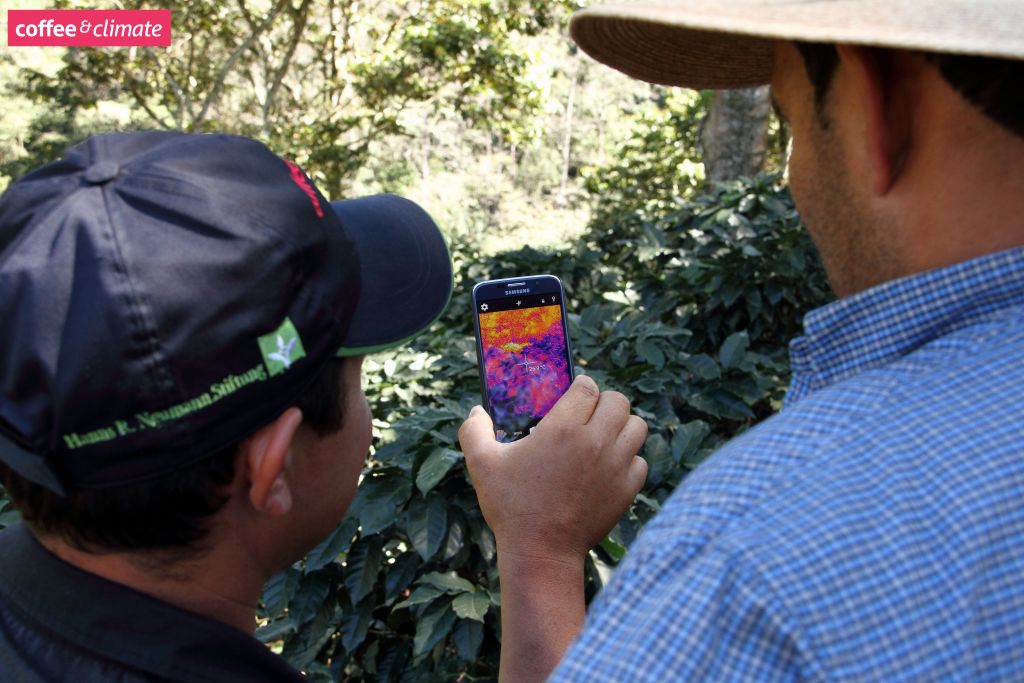
Concept
There is a wide range of instruments and recording devices that can measure important microclimatic variables in coffee plots. Such devices were previously expensive and not seen as essential because weather and climate was more predictable and less extreme. Now however, accurate measurements are increasingly necessary to monitor variables such as temperature and humidity to identify when conditions become unfavorable to vegetative growth, successful flowering and berry development. Quantification of extreme conditions is a vital prerequisite to identifying the most suitable adaptation options which can help to maintain coffee plots within optimal growing conditions. Because in the short term successful adaptation interventions are difficult to prove in terms of yield and profitability, instrumentation can also give quick feedback on whether such interventions are having the desired effect – e.g. to improve soil humidity or reduce damagingly high temperatures.
Drawbacks
- Reliability: all instruments eventually malfunction, but modern devices that measure temperature and humidity are very reliable, with quite low fail rates.
- Positioning: smart-buttons need to be carefully located so that they are not accidentally removed or destroyed during farming activities. These are small devices and can be lost if their location is not accurately recorded.
- Data retrieval: smart-buttons have to be recovered from their location in order to download recorded information.
- Data analysis: modern devices can record large amounts of data, hence timely analysis can become a problem.
Costs
- A very wide range of instruments are available from a simple manually operated digital thermometer (~ USD20) to multi-sensor automatic weather stations (USD2000+). Automatic recording devices (e.g. Smart Buttons) cost ~ USD40 to USD50. Low-cost remote access automatic microclimate monitoring stations are now starting to be produced with costs starting at ~USD250).
Recommended Activities
- Spot measurements to be taken during field visits:
- If no measurements are currently being taken, make a start with simple hand-held devices. E.g. a simple digital thermometer with steel probe (cost USD20; domestic cooking thermometers are ideal) and can record air temperature and soil temperature to an accuracy of 0.5°C. A slightly more expensive device is a hand-held temperature and humidity instrument (~ USD30 to USD50) but this is of no use for soil temperature measurements.
- Temperatures taken from midday to about 3.00 pm will give an indication of maxima within a plot. If high levels are recorded (e.g. above 30°C) this should trigger considerations about what adaptation methods can be employed to reduce temperatures (for example tools like Cover Crops).
- For low-cost long term monitoring of trial plots
- A smart button (or i-button, Lascar etc.) not only measures temperature and/or humidity but also records it on an internal mini-datalogger chip. For an outlay of ~USD200 a starter-kit can be obtained that will measure and record temperatures over a period of weeks or months. However it is advisable to retrieve and download every 2 to 4 weeks to check that it is functioning properly and analyze data.
- Long term routine monitoring
- Such devices generate large amounts of data hence consideration needs to be given to how this data can be quickly analyzed and fed back to farmers and extensionists.
Further Activities
- The age of big data has arrived in agriculture – coffee technicians need to consider the potential uses of routine microclimate monitoring in this new era.
- Hitherto, microclimate measurements have not been a part of traditional extension activities and only rarely in research. It may take time to get used to new technology.
- All field visits should aim to take some measurements – even if only with a simple thermometer; results are often surprising.
- In the future, instrumentation will become more automated and affordable and increasingly seen as an integral part of coffee management.
- Have something to add to this tool description? Leave a comment!
- Interested in applying this tool? Look for pictures, case studies and info sheets below for step-by-step instructions to get you started.
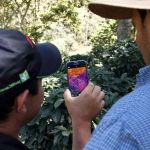
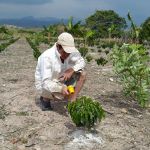
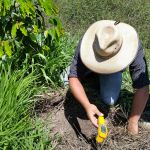
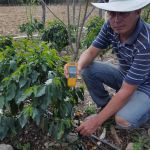
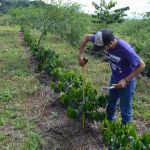
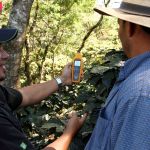
Leave a comment
0 comments